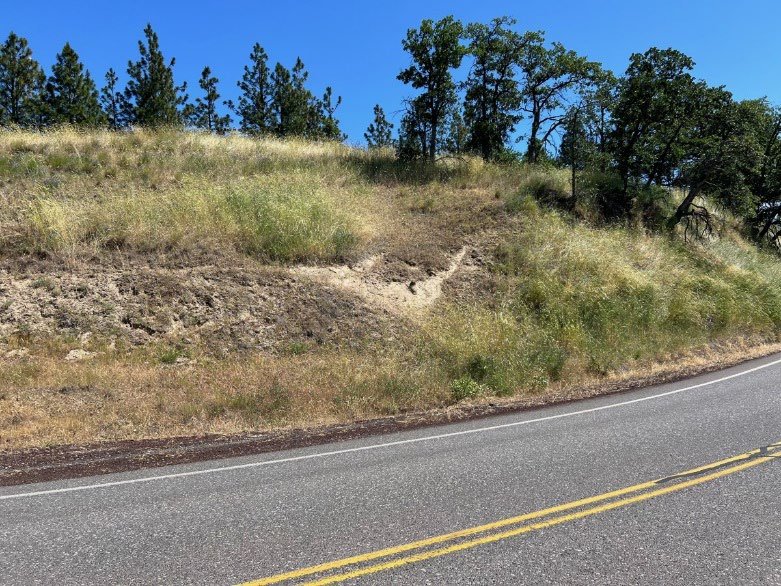Evolutionary Flight Paths (Dr Orr: "There were many")
/Lecture given by Prof. William Orr, Ph.D., University of Oregon, January 9, 2015
Summary by Kyle Dittmer
Over 100 of us gathered in Cramer Hall 53 – a big upgrade from the smaller classroom – to hear a former aeronautical engineering student now turned paleontologist share the geologic evidence on how the ability to fly has come to evolve. He described the various modes of flight and the thresholds between what humans might define as “true flight” and all the ways evolution has developed gliding, falling, and powered flight. The idea of flight is a major part of American culture, along with automobiles. The idea of flight goes back to ancient times. How did the wing evolve? Unlike a simple airfoil, a bird-wing is a complex venetian-blind like structure and with an opening-and-closing folding motion.
Clear record of wings goes back 300 million years ago in the fossil record. The earliest bird is Archaeopteryx – a hybrid of bird and reptile (but more bird than reptile). That bird was discovered in a “Lagerstätten” (or stellar fossil site) in Germany- the Solnhofen Limestone. Similar localities of “Lagerstätten” are the Green River Shale (SW Wyoming) and the John Day Formation (central Oregon). Archaeopteryx clearly had feathers but was its effort true flight or soaring/gliding? The modes of flight: suspension, leaping, jumping, gliding, and powered/hovering flight (most advanced) were examined.
Cretaceous Xianglong "Flying Dragon" could glide using oversized ribs.
The flying lizard (SE Asia) is a good example of gliding, as are flying squirrels and snakes. Even spiders can “fly” with a net of webbing extended like a parachute. We even see ancestors of the modern flying fish go back to early Cenozoic times (~60 m.y.). One example of the earliest flying creature was the Dragonfly (~330 m.y.) with a 3-ft wingspan. Modern bats can be traced back to Paleocene times (66-56 m.y.). The largest bird known was a Pliocene (5-2.5 m.y.) condor/raptor with a 22-ft, wing-span.
Conclusions: (1) There were many evolutionary paths to flight, (2) These modes of flight – jumping and gliding – preceded powered flight, (3) The first flying creatures were small in size, (4) Early flight was most likely an evasion tactic rather than being used in a predatory manner, (5) Flight was more easily developed in coastal areas, given the constant supply of onshore/offshore breezes, (6) Some creatures that do not fly well are still evolving and will likely improve in ability over time, (7) Evolution is continuous, so there are no “missing links” in seeing the progression of flight. Dr. Orr also quoted author Michael Crichton (of “Jurassic Park” fame) that “Life will find a way” and implied that the ability of flight always finds a way. We enjoyed Dr. Orr’s presentation. He took on many questions afterwards as we retreated to the PSU Geology Office for a reception of tasty treats.
























































